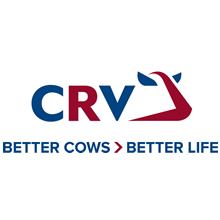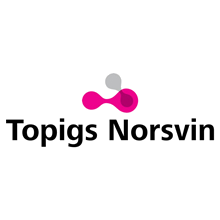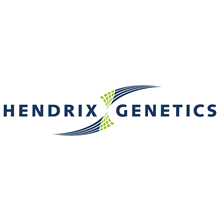Technologies for (near) real-time phenotyping are increasingly available on a large scale. These technologies generate high-frequent, high-dimensional longitudinal data and open up the opportunity for developing new phenotypes. However, before these new phenotypes can enter the genomic prediction pipeline, new tools and methods are needed to reduce dimensions, or to capture the frequent measures into a time frame useful for the breeding goal. WP3 “Phenotyping interface” is all about developing such new tools and methods.
Although the implementation of genomic prediction may have reduced the required numbers of phenotypes to be collected for conventional traits, it also opened up the opportunity to select for novel traits, for which recording is relatively scarce or difficult. Using state-of-the-art technologies, the frequency of real-time phenotyping is rapidly increasing from one record per parity, to several records during the parity, to daily recording or even recording every hour or even every second. Especially if the number of recorded animals is limited, it is very important that the generated data is used to its full extent. WP3 aims to develop new models and methodologies that can generate sensible phenotypes with a usable format and scale from high-frequent, high-dimensional longitudinal data. These newly developed tools and methods will contribute to the reduction of data dimensions, to evaluate and determine the effect of using aggregated longitudinal environmental data, and to incorporate this information into genomic prediction models used within breeding programs.





